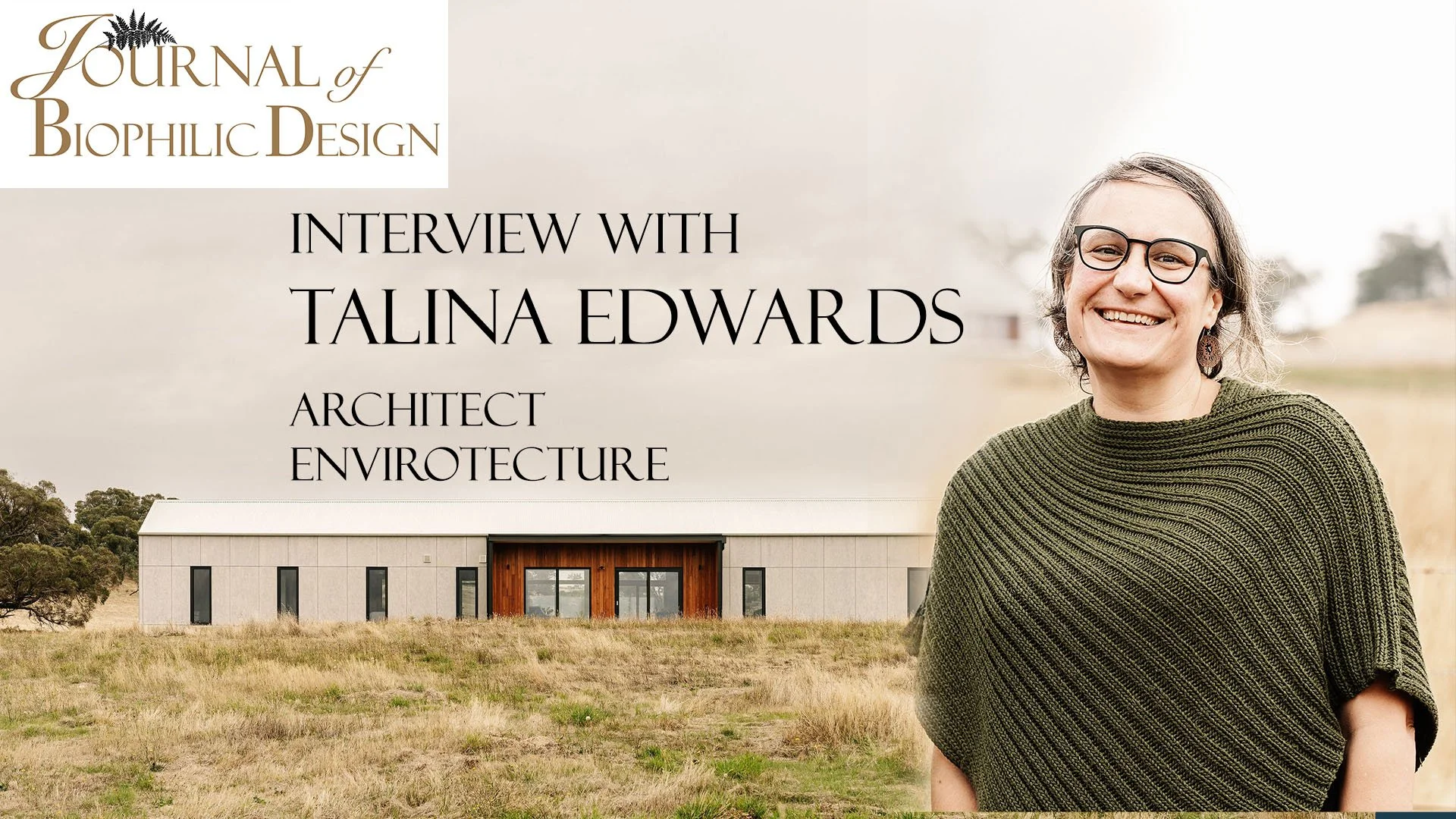"A world where materials are in harmony with nature." Wouldn’t that be amazing? I truly believe, that biophilic designers can specify this change, and also help scale innovation to make this happen.
The global plastics crisis is stark: over 400 million tonnes of plastic are produced annually, with a staggering 99% being fossil-based and 91% never recycled. The plastics industry contributes 3.4% of global greenhouse gas emissions, equivalent to 1.8 billion tonnes of emissions. Hao Ding, Global Marketing Director at Total Energy Corbion, unveils the potential of Polylactic Acid (PLA) - a bio-based material that could help how architects and designers approach sustainability.
PLA stands for Poly Lactic Acid, a bio-based plastic material made from renewable resources like sugarcane or corn. Specifically, as Hao explained in the interview, it's produced through a process of fermenting plant sugars to create lactic acid, which is then polymerised into a plastic-like material. Unlike traditional petroleum-based plastics, PLA is:
- Made from renewable resources
- Biodegradable
- Reduces carbon footprint by up to 75%
- Food contact approved
- Usable in multiple applications like packaging, 3D printing, textiles, and medical packaging
A key difference is that PLA starts from plants that absorb CO2 during growth, whereas conventional plastics are derived from oil pumped from underground. When composted, PLA breaks down completely without leaving persistent microplastics, making it an environmentally friendly alternative to traditional plastics. PLA can reduce carbon emissions by up to 75% compared to conventional plastics. "PLA can replace most conventional plastics and offer similar performance."
Architects and designers can leverage PLA in multiple applications.
Design and Construction Applications:
1. Furniture packaging materials
2. Exhibition and conference temporary structures
3. 3D printed decorative objects
4. Cavity wall insulation
5. Prototype and model making
6. Textile and upholstery applications
READ ON and Watch the interview




















